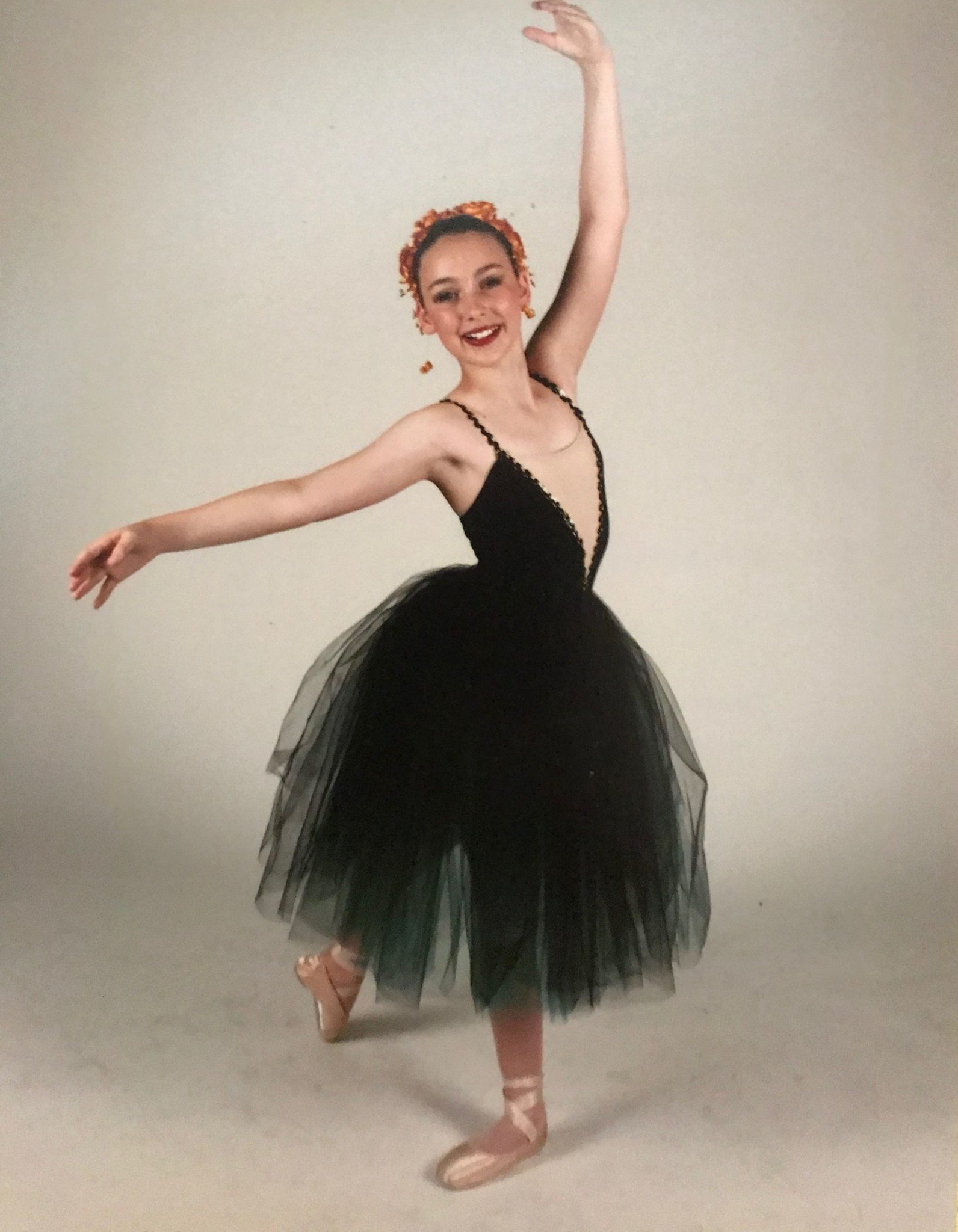POINTE Your Way to the Top
I vividly remember my mum taking me to get my first pointe shoes fitted at Bloch. To have my small feet cushioned into the beautiful satin, and how I would gracefully bourrée my way across the room like a swan. It was like a dream come true!!….. until it wasn’t. The reality of it was, my body wasn’t strong enough to commence pointe training. I was an injured little swan who kept rolling her ankle and had horrible knee pain. At the time, I was probably too young, had weaknesses in my legs, and had foot muscles that weren’t strong enough to sustain any position en pointe.
Luckily, in the modern era of dance, we now recognise the importance of being assessed by a qualified health professional to ensure you (or your child) are equipped with the necessary tools to ensure a safe transition from demi-pointe to en pointe. A pre-pointe assessment is an important step to guaranteeing the readiness of a dancer, and to educate them on the individual areas that require improvement in order to meet the demands of dancing en pointe.
Here are our top tips of things you need to know about a pre-pointe assessment.
WHAT DOES A PRE-POINTE ASSESSMENT LOOK AT?
A pre-pointe assessment is a comprehensive deep dive into the number one tool for a dancer, their body. The assessment will assess:
Pointe range
Strength, flexibility and articulation in the feet and ankles
Intrinsic foot strength
Foot/ankle control
Turnout
Core control and stability
Lower limb alignment
Balance
When it should be completed: It is recommended that a pre-pointe assessment should occur between 3-6 months before buying your first pair of pointe shoes. This doesn’t mean that an assessment can’t be performed on someone who is already en pointe. However, the longer time frame gives you the opportunity to complete your individualised pre-pointe exercises to meet the demands of being en pointe before you transition to this next level.
When pointe should be commenced: It is generally rare for dancers to be approved for pointe under the age of 12 years. This is because the body is too skeletally immature to withstand the demands of being en pointe in a safe manner. A pre-pointe assessment can still be performed on someone who is 11 (you can get a head start on those exercises!).
Home exercises: You’ll definitely be getting some of these! Make sure you do them, and keep them up even after you have been passed to commence pointe work. Fun fact – did you know the Australian Ballet dancers still perform 35 calf raises every day!
It’s not a pass/fail test: In one of the only assessments you’ll face in life, this is not about passing, failing or getting marks. This assessment is nothing like the dreaded ballet exams! We have designed our pre-pointe assessment to help you prepare for your future success en pointe and to help reduce the risk of injury. Trust me, I want you en pointe as much as you do! But I want you to get there safely. Finding areas which need improvements are a massive position! They help us keep you en pointe for as long as possible.
Which CAH physio is this?
Your journey to pointe can be one of the most spectacular and wonderous times in a ballerina’s life. The pure joy and elation experienced the first time you rise through your relevé from demi pointe to full pointe is second to none. To ensure that your body is performing at optimal strength and range and to guarantee longevity of your pointe career, a pre-pointe assessment is a must!
The team at Carlingford Active Health have an in depth knowledge into the life and demands of a ballerina. If you believe you, or your child, would benefit from a pre-pointe assessment, or have any questions, please don’t hesitate to contact us on 9873 2770 or book online at https://bookings.nookal.com/bookings/location/39XKS

